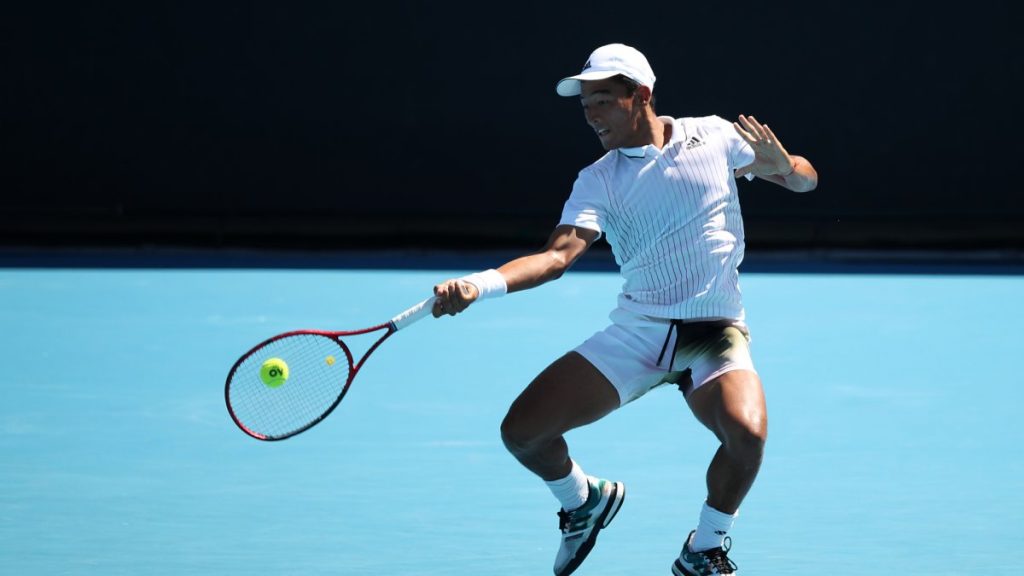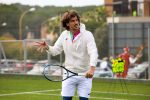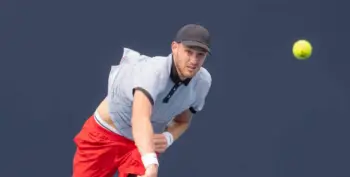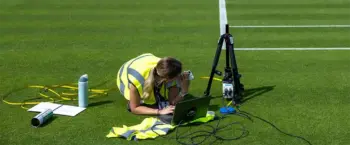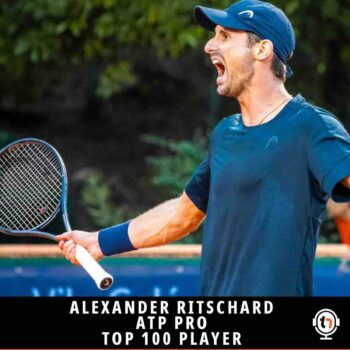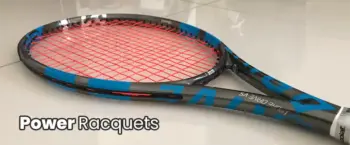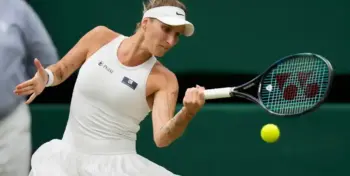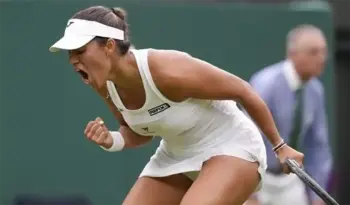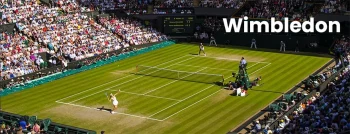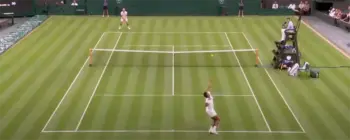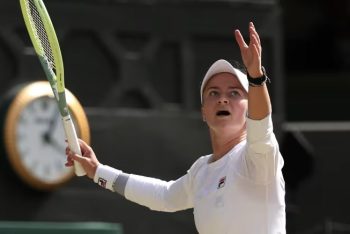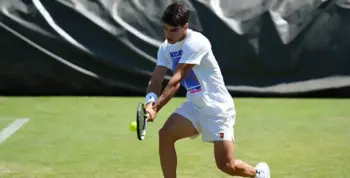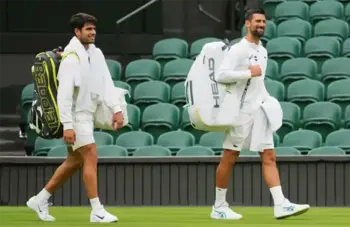Evan Gaudreu is back with another match analysis. This time it’s junior tennis vs pro tennis. The Junior Boys Australian Open part 1 featuring Bruno Kuzuhara.
If you want to read similar posts to Junior Tennis vs Pro Tennis, check out The Myth About Consistency, Consistent Game Planning, Australian Open 2022 Men’s Final Analysis and Australian Open 2022 Women’s Final Analysis.
Junior Boys Australian Open Part 1 – The Bun.
Listen. When you talk about juniors these days, you have to use the sandwich method, apparently. That’s what was told to me by a parent who doesn’t teach. But, I’ll tell ya. I just want to go straight to the meat. BUT, Let’s start with the bun. The top piece.
I followed three matches starting with the Quarterfinals and I focused on one player specifically. Bruno Kuzuhara. And man is he the epitome of American tennis. The anxiety! The pressure! Oh yeah. We’re supposed to talk about the Bun and not the meat.
Let’s start with the serve. One major thing I noticed is his separation of the first and second serve. His first serve was inconsistent in many ways…When I watch his angle of attack, it’s like watching a player who has a loop forehand and then a drop down on the next shot. Let me explain.
Starting with the first serve
One little thing could increase his % a lot. And yours too. If you watch the way he hits the first serve, he’s descending at the contact point. Why?
Because that’s what we’re taught to do. To snap down on the ball. Unless you’re John Isner or Reilly Opelka that’s not going to work. And oh! The announcer said during the final, “I’m more classic. I don’t like the drop of the back shoulder.”
Typical. Just like all the coaches over 45 years old. If you drop your back shoulder down after the toss, creating a 45-degree angle (roughly), it allows you to hit up on the ball. The problem with Bruno is he’s taught to drop the back shoulder, yet he hits down on the ball at contact. And he’s not the tallest kid. When you’re approaching contact on your first serve, you actually want to go up before contact, snap upwards and then snap downwards.
If your contact is low, you’re going to sail the ball to the curtain. If you’re contact is right, you will increase your percentage and your power. And think about the way you approach the ball. If you approach the ball at a 90-degree angle, “True contact” or “flushing” the contact point, this can run hot and cold. But man, is it great when it’s on. But when it’s off, it’s like “Where’d my first serve go?”
Think about this. If you approach your first and second serve with very different angles, it can lead to inconsistencies.
For instance, if you cradle the finish so much on your second serve, why wouldn’t your body and mind want to do that on your first serve, causing all kinds of issues with the finish.
Anxiety
Side note. There is so much anxiety wreaking off Bruno’s body during the Quarters. Why? Do you think it has anything to do with parental pressure or the fact that he lost to Edas Butvilas, recently. Or both. I’m hungry and I don’t want to eat the Bun. I want the meat. Back to the Bun.
What goes with the First serve? The first ball after the serve. Let’s talk about Serve plus one’s. There’s two ways to look at this.
1) First balls you can step into the court on
2) First balls you can’t
The first balls you can step into the court on, after the serve, have to be predetermined, kind of, before the point starts. And you need to establish a pattern. Let’s say you open up with your first shortball to the backhand corner.
After the ball is hit, pay attention to your opponent’s positioning on the court. If they haven’t crossed the middle hash mark or it’s a winner, there’s no need to change the pattern. Don’t fool yourself. Establish a pattern until your opponent makes contact with the ball. If you get caught (because they hit a good recovery ball out of the corner) assess whether a change of location is necessary or if you can continue the pattern.
PAY ATTENTION! Game score matters too. If you are on a low point early in the game it’s important to establish a pattern, even if you lose the point occasionally, because it pays dividends later in the set. To be honest, it would be nice to get a shortball on a return game, especially on a big point to “sear” the pattern into your opponent’s mind.
But, yes! I’d rather be up and lose the point than down when I’m trying to lure the opponent in the backhand corner. Well, who’s fault was that double fault or first ball error on the previous two points?
There’s more to it than that, but I gave you the idea, now go to work.
Training in isolation is bad
One major mistake, after your kid or student is established, is the training. Training in isolation is bad. Like telling the player what you are working on and where the ball is going.
I mean, tell them what you’re working on, just mix the feeds. Don’t let them get set into a pattern. If you don’t, this causes what I call grip change strategy. Mix up your patterns and don’t give them the same ball more than twice and watch the shanks start happening. You players at home can check this in the warm up. Hit a few balls to the forehand and then sneak one to the backhand. And vice versa.
Shank!
Oh! The warm up was for…warming up. Haha. Not with me. It’s assessment time. Warm ups are for assessments (Unless you already know who and what you’re dealing with).
Another trick
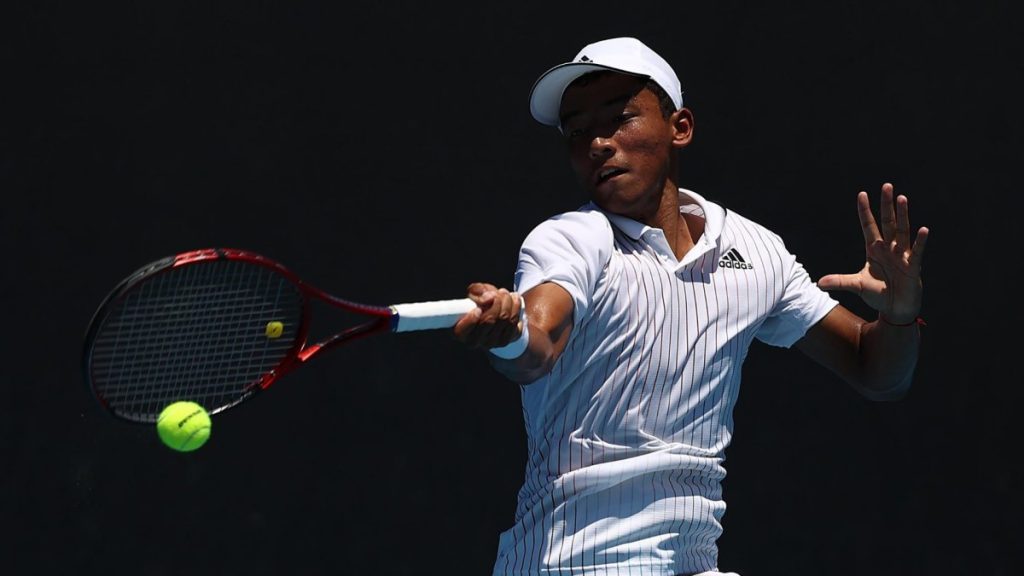
Back to the serve. Another trick. Think of the way you approach the contact point on your serve. Another way to approach the first serve is with the racket slightly tilted. Like a 70 degree angle. What this does is automatically give a little spin on the ball without sacrifices that much speed. I use this when I’m playing someone I just want to make a ton of first serves against and I want to play more positional tennis.
Another trick. Buy some PVC pipes at your local Home Depot and some cans of hairspray and make yourself a Potato cannon. But use a tennis ball obviously. And then look at your opponent’s frightened face. You could increase your serve power without changing your technique. Probably get 175+ MPH. Lots of aces. Is this even legal?
Last thought. On deep returns, please stop trying to go for winners! I’m not saying you can’t, but you’re losing valuable opportunities to establish a baseline rally “spot.” Pick a “spot” you feel you can neutralize your opponent, with deep heavy consistent attack, so that you can play quicker combos on the short balls or weak balls.
Bruno does a decent job of mixing some patterns up, but all the missed returns and the missed first balls leave him playing from scratch all the time. It’s like playing a game of chess and establishing a position the first five moves of the game and then saying. “Can we restart the game.” Déjà vu.
